Steps to limit the number of responses
- Open Google Forms.
- Click Blank form to create a new form.
- Share the form.
- Check the number of responses in the Responses tab.
- To limit the responses, toggle off Accepting responses.
Interactive step-by-step tutorial
Google Forms is a helpful tool for gathering responses for contests, surveys, event registrations, and more. But what if you need to limit the number of submissions you receive? Maybe there are only so many survey responses you can analyze, or maybe the event you’re planning has physical space limitations.
Limiting the number of responses your Google Form receives will help you manage these issues. Let’s walk through a few methods to control submissions so you can collect the amount of data you need without any hassle.
What is Google Forms?
Google Forms is a versatile and user-friendly online form builder that lets users create surveys, quizzes, registration forms, and more. As part of the Google Workspace suite, it also integrates seamlessly with Google Docs, Drive, and Sheets.
Whether you’re a teacher gathering student feedback, a business owner conducting market research, or an event planner managing RSVPs, Google Forms provides a quick and easy way to gather info online.
When to limit the number of responses in Google Forms
There are a bunch of scenarios where limiting form responses can be necessary or helpful, including
- Contests or giveaways: If you’re running a contest and need to limit the number of entries (e.g. to the first 100 submissions), you’ll need to cap the number of responses you receive to keep the contest fair.
- Event registrations: For events with space limitations, capping the number of registrants can prevent overbooking.
- Exclusive surveys: When you’re collecting feedback from a select group or you need only a certain number of responses, limiting your submissions helps you control the amount of data you get.
Now that you know why you may need to limit your responses on Google Forms, it’s time to learn the three most common ways to do it.
How to limit responses manually
Limiting Google Form responses manually involves monitoring the form’s response count and disabling the form once you hit your desired number. You may consider this the easiest option (in the sense that it requires the least amount of setup). But it can also be the least convenient option because you have to constantly keep an eye on the number of responses and then manually close the form.
A step by step guide
1. Create your form
Open Google Forms. Click Blank form to create a new form and add your questions.
Share the form through an email invitation or by sharing a link.
Find out more about them in our guide, How to create a Google Form.
2. Monitor responses
Once your form is live, check the number of responses at regular intervals in the Responses tab of your form.
3. Close the form
Once you receive the number of responses you’re looking for, navigate to the Responses tab again.
Toggle off the Accepting responses option.
Pros and cons of limiting responses manually
Pros: It’s simple and straightforward, and it requires no additional setup, software, or add-ons.
Cons: It requires constant monitoring and is more prone to error. It’s also inconvenient when you’re managing large events, when you’re conducting wide-ranging surveys, when timing is critical, or when you need an exact number of responses.
How to limit responses automatically
Unfortunately, there’s no native way to limit responses automatically in Google Forms. The only built-in option to limit the number of responses in Google Forms is manual. However, there’s a workaround. For an automated approach that minimizes human error, you can use Google Forms add-ons to manage your responses. One popular add-on is formLimiter.
A step-by-step guide
1. Install formLimiter
Open your Google Form and click on the three vertical dots in the top-right corner.
Select Get add-ons from the dropdown menu.
Search for “formLimiter” and install it.
2. Set your limit
Once it’s installed, click on the Add-on icon (a puzzle piece) in the top menu and select formLimiter.
Choose Set limit in the popup to open the configuration options.
3. Choose how to limit your responses
You can set a cut-off point at a certain number of responses, a date and time, or both.
Once you set your response limit, formLimiter will close the form once you hit it.
Pros and cons of limiting responses automatically
Pros: This method automates the process of closing your form, reducing the chance of human error. It’s ideal for big events, lots of responses, and when you need to adhere to precise timing and limits.
Cons: It requires installing a third-party add-on that may have limited support or longevity, and there are few customization options.
How to limit responses with other add-ons
formLimiter isn’t the only add-on of its kind, and other add-ons may have their own niche capabilities or features.
To install a different add-on, simply search the Google Workspace Marketplace for other add-on options. Start by typing “form limiter” in the search bar, choose the add-on that works best for your needs, and follow the installation instructions provided.
Pros and cons of limiting responses with an add-on
Whichever add-on you choose will have its own pros, but it will most likely share the same downsides as formLimiter. Add-ons can stop working without warning, and ongoing support may be limited.
If you’re looking for a company-wide solution you can rely on over time and build into your workflow, add-ons may not be the ideal solution.
What makes Jotform a great all-in-one alternative to Google Forms
While Google Forms is great for collecting data, it doesn’t expand well with a large survey audience, and it lacks a built-in response-limiting solution. It also doesn’t have as many visual customization options as other platforms, making many surveys feel and look alike — and even restricting the kind of data you can collect.
On the other hand, Jotform is a user-friendly Google Forms alternative that not only helps you create more complicated or tailored forms but also has a built-in capability to limit submissions.
How to limit form responses in Jotform
1. Create or select a form in Jotform
Log in to your Jotform account and select Create Form. Alternatively, you can select an existing template or form you’ve already been working on.
2. Access form status settings
Go to the Settings tab of your form.
Click on the Form Status box, and choose whether you want to close the form on a certain date and time, when a submission limit is reached, or a combination of the two. For this example, we’ll choose Disable on submission limit.
3. Set your limit
Depending on the form limit option you chose, enter the maximum number of submissions you want to allow, the date and time you want the form to shut down, or a combination of the two.
Customize the message people will see once you’re no longer accepting form submissions.
Jotform’s intuitive interface and powerful features make it a great alternative for those who need more flexibility, options, and control compared to Google Forms.
Jotform also features easy-to-set limits (without requiring add-ons or a third party tool), customizable forms, and extensive templates, plus a wide array of integrations.
How to control your data with Google Forms and beyond
You can limit the number of responses in Google Forms in multiple ways, either manually or through the use of add-ons. However, Jotform offers powerful features that make managing form submissions intuitive and efficient, with functionality like form limits built into the platform. Try it for free today.
Photo by engin akyurt on Unsplash














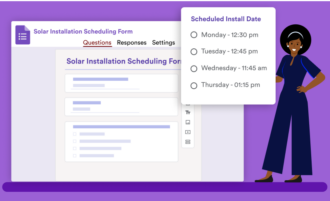
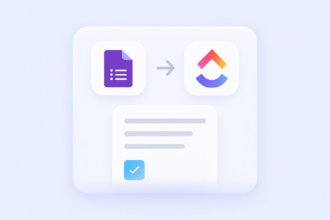











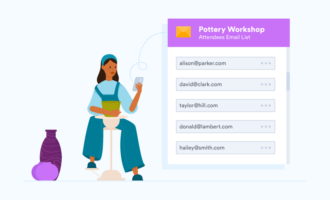






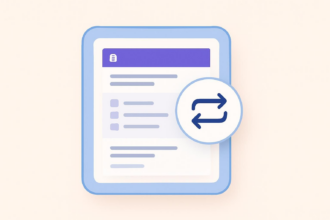










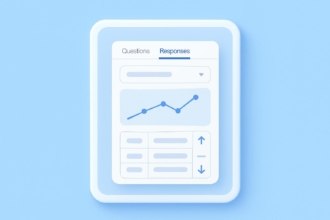
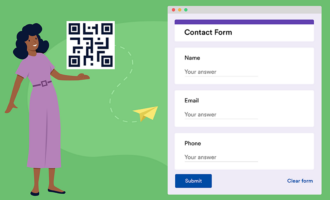
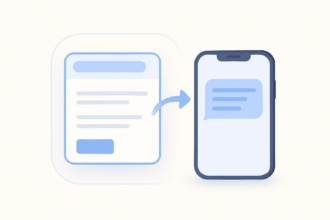





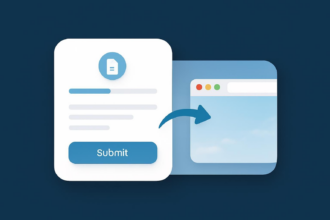


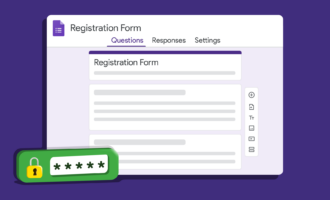

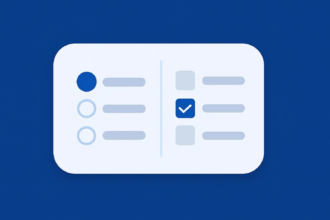




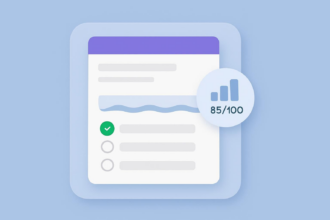
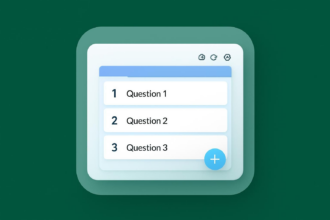


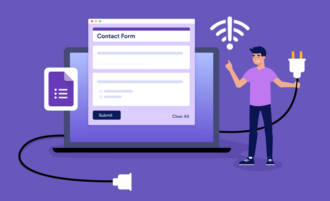





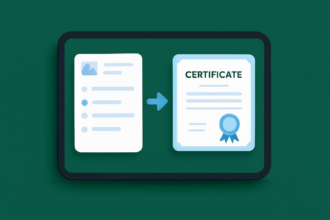
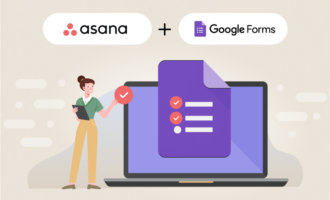







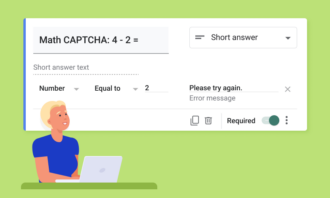



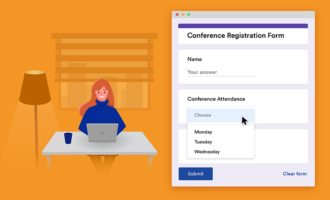

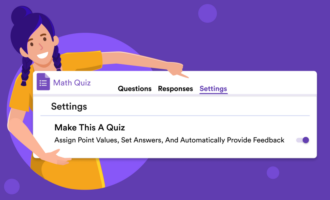

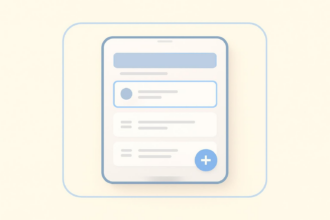








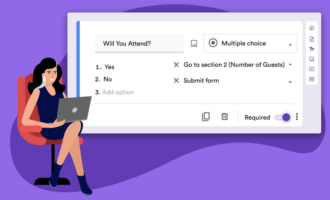





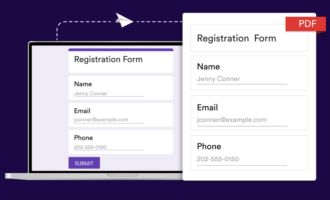






Send Comment: